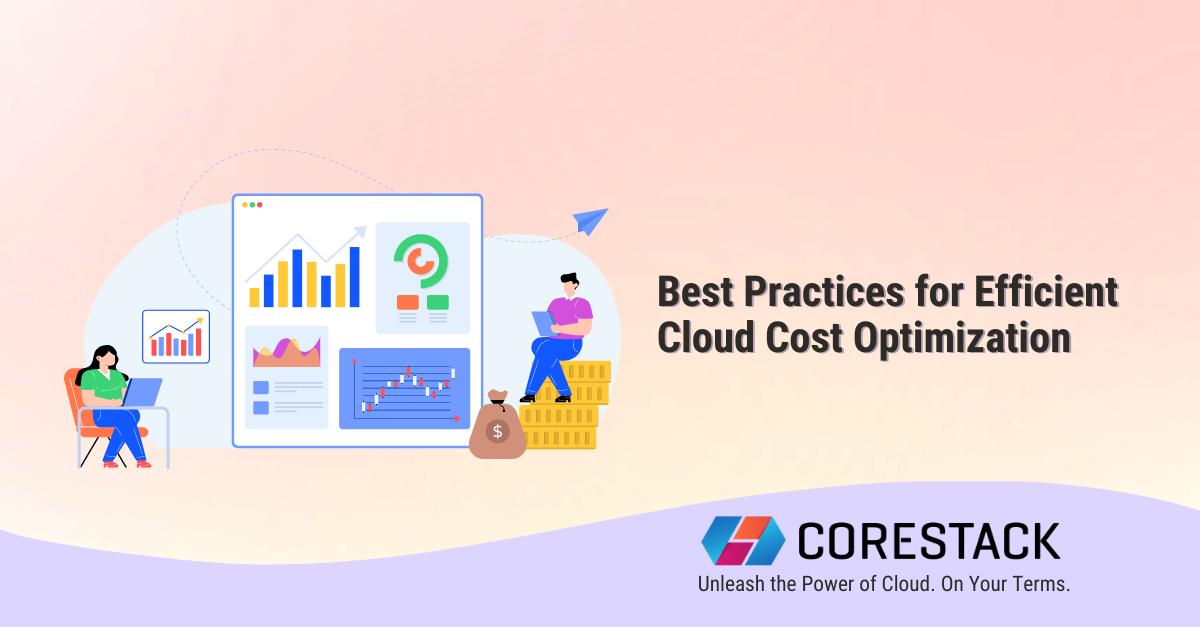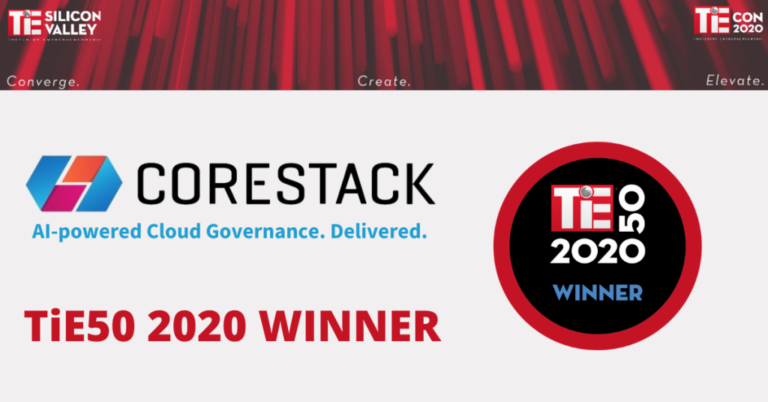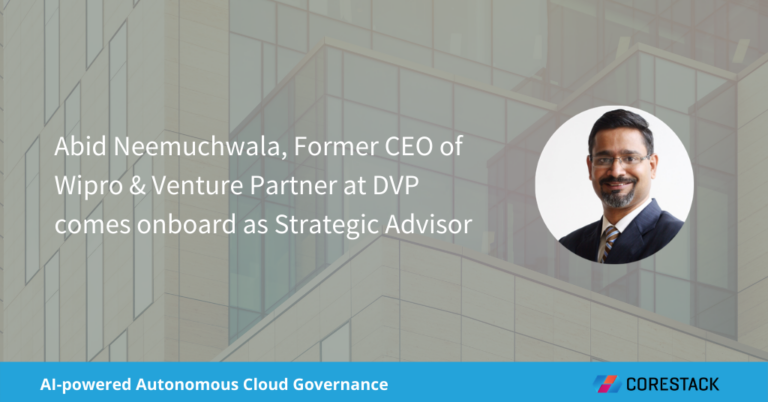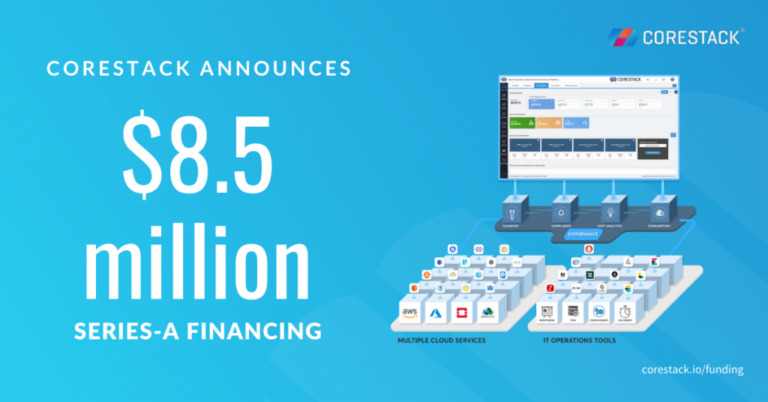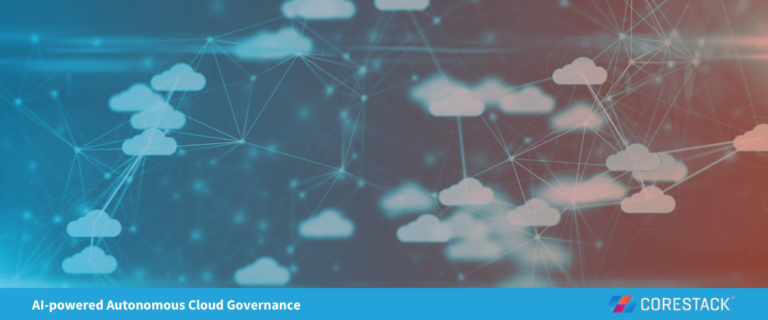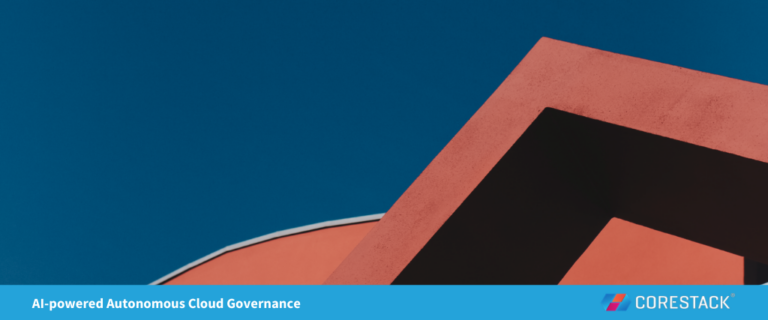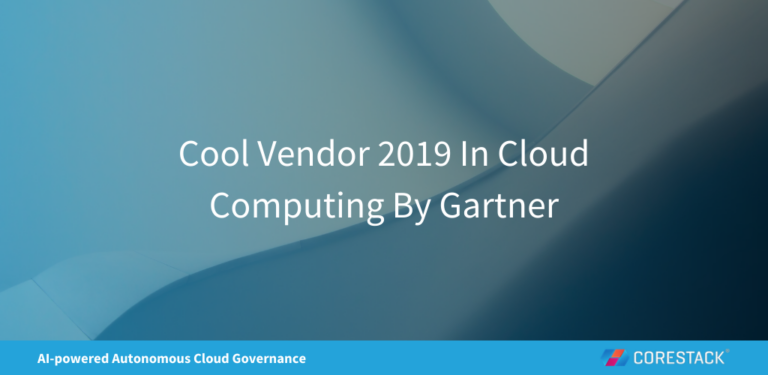What are the Best Practices for Efficient Cloud Cost Optimization
Everything your business needs is on the cloud! Cloud is the future!
Isn’t that how most of the cloud taglines look like these days?
Well, cloud technology is the best solution in an age where technology can be accessed on the tip of your finger or the wake of your sound. The much-sought-after cloud solution has become the center of all business operations in the digital age but is still a cause of concern for many business and tech leaders from operational, security, cost, and compliance point of view.
Adopting new technology can be seemingly overwhelming. However, just like there is a space between stimulus and response, there is space to educate, adopt, and then move to the cloud.
In this blog, we’ll walk you through one of the major concepts – Cost Effectiveness when it comes to investing in cloud technology; how cloud helps solve the cost problem and more awareness and adoption of new cloud practices and solutions will help optimize cloud costs even better.
- Why cloud cost optimization is important
- What are the techniques to optimize cloud costs
- How CoreStack helps achieve cloud cost optimization
Why cloud cost optimization is important
In 2022, global cloud revenue is estimated to total $474 billion, up from $408 billion in 2021. (Source – Gartner)
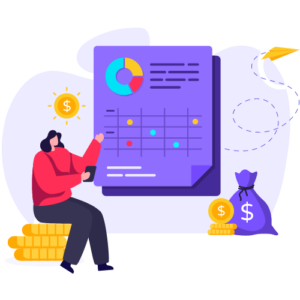
When you are running a business, there’s a constant battle to ensure cost efficiency and maximum profitability. Those two are like two weights of a scale. The more the scale tips towards cost efficiency, the better for the business.
For a tech leader who is responsible for the company’s IT infrastructure, you must focus on building a solution that is most relevant to the business operations and cost-effective for the business. This also includes – looking after deployments, IT setups, maintenance, and daily monitoring.
Cloud certainly solves your cost problem here, but what about the cloud’s cost optimization?
Managing cloud comes with its fair share of cloud maintenance and cloud governance needs that inflates the cost factor. Did you know there’s more you can do to optimize and better manage your cloud infrastructure costs?
First, let’s take a look at some challenging factors that have piqued enterprise’s keen interests in building cost-effective cloud systems:
- More businesses shifting to cloud platforms means greater the need for cloud governance and management
- While the cloud is becoming a rather seamless adoption strategy, cloud governance remains one of the major challenges
- To optimize the cloud framework, setting up policies for resources and usage has become critical
- A thorough understanding of cloud costs while buying cloud software is often a missing factor
- Improper evaluation of cloud usage that leads to a higher cloud spending
- The need for a well-trained and skilled team of professionals to manage an organization’s cloud
- Lack of rightsizing

Sooner than later, enterprises start feeling that the grass was greener on the other side. But, all you have to do is toss in a little bit of order in the chaos. Just like life would be havoc without rules, discipline, habits, and everyday practices to guide us, the cloud is best utilized with cost optimization and cloud governance in place. In this case, railing in the rules is good!
If you already relate to the above facts or simply find them alarming as a prospective cloud user, don’t worry, there is a solution – CLOUD COST OPTIMIZATION.
Achieving cloud cost optimization is a result of two forces working together- Cloud and Cloud Governance. A cloud system can only take your business so far. What comes next is ensuring that at an organizational and team level, efforts are made to implement these best practices. Let’s dive deeper to know, how.
This is where the popular – people, processes, and technology triangle plays a crucial role; the three vital components that run every business.
What are the techniques to optimize cloud costs
Cloud Cost Optimization is the process of understanding, implementing, and minimizing the cost expenditure spent on cloud infrastructure. Sometimes cloud features like scalability, availability, and pay-as-you-use are overcompensated. Hence, it is necessary to understand how to build a cloud model for your enterprise that will account for every single dollar you spend. It is the implementation of successful Financial Management of the Cloud.
Let us look at a few techniques that will help you optimize your cloud costs:
Identify unutilized compute resources
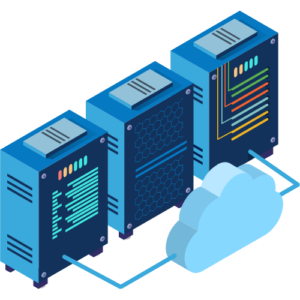
Cloud services like AWS or Azure bill customers for resources purchased despite being unused for a long time, and obviously, they are not to be blamed. YOU must monitor and remove the resources that are sitting idle from your cloud system to benefit from a refreshed cloud bill.
Cloud offers scalability as and when + how your operations expand.
Also, at times the idle resources are used only up to a lower percentage of its CPU utilization but the amount spent on them is for a 100% utilization; this adds to the elevated cloud cost. Sweep your cloud off unused software licenses. Identify idle, unutilized, underutilized resources; shift and release them to see a considerable amount of change in your probe into cloud cost optimization.
Rightsizing on Cloud

Using rightsizing tools is recommended as they are customized to analyze your cloud system and enable recommendations on applicable areas. They analyze patterns, instance performances and also, are enabled to switch off idle instances that are not a perfect match to their specific workload overheads.
Take a quick look at these checkpoints for Rightsizing-
- While identifying the compute operations
- While choosing a storage chunk
- Multiple children instances leading to creating a family of instances
- Rightsizing your server size
Often, while making the significant on-premises to cloud shift, enterprises miscalculate the capacity and capabilities that the cloud offers and pay for more than what’s required. While deploying on a cloud, it is necessary to consider configurations like memory, CPU utilization, and network. There are also automated tools that help in measuring performance metrics.
Follow 3 simple steps to practice rightsizing on the cloud:
- Analyze all the metrics (both – available and derived from the available) of your operations and assess your cloud infrastructure to find instances that are not rightsized
- Identify if all the overprovisioned instances are adding to underperformance and are heavy on the cost. Do not get rid of instances that seem overprovisioned but lead to high performance against the metrics mentioned above
- Revamp your cloud infrastructure
These will avoid over-provisioning of resources. Proactively keep monitoring your instances and ensure timely clean-ups to save the hassle of going through your cloud expenditure at the end of the billing cycle.
Cloud Value and Cloud Cost – Know the Difference

In this case, it is important to understand that cloud can be optimized by cost-effective solutions but it is also important to know what value, or performance metrics your cloud system is weighed against. You need to know why and how cloud adoption is impacting your business performance.
Consider this – to right-size an instance that requires a high-performing CPU processing capacity but might require a smaller memory chunk, say 22 GB, you end up downgrading this instance from 32GB running on 8 VMs to 24 GB running on 6 VMs on the cloud. This might impact the performance and will not provide optimal results as expected.
Enterprises design cloud systems for the future of their business. And that’s why knowing where to cut down the cost and where to realize cloud value gives you an upper hand.
Keep an eye out for Savings Plan and Reserved Instances
Savings Plan on AWS offers a lot of discounts on cloud services.
Savings Plan and Compute Savings Plan help cloud managers leverage discounts by making an advanced commitment.
While the tug of war between reserved instances and savings plans for cost-effectiveness is persistent, both are here to stay. Savings Plans by AWS offer great flexibility but the business model of fixed pay per hour will take some time to get used to.
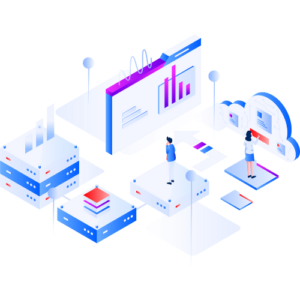
Microsoft Azure and Google Cloud also offer Reserved Instances. Microsoft Azure offers a one or three-year commitment and Azure VMs are convertible. Google Cloud’s Reserved Instances called ‘Committed Use’ offers similar capabilities but have restricted the options to cancel the resource capacity which is not utilized.
As a cloud manager, it is a recommended practice to constantly keep an eye out, to identify which savings plan or reserved instance will help reduce the cost solely based on the business operation. If your business operations do not require 24/7/365-days’ worth of computing power, it is smart to hire cloud services based on the business-specific requirement alone.
Follow and lead with usage trends and patterns
Keep in touch with your teams to review cloud usage. Billing and reporting dashboards help generate the trends and patterns and possibly forecasts in cloud utilization. They help define the areas of the capacity you need to downgrade or upgrade to obtain optimized performance.
Educate your workforce about cloud cost optimization
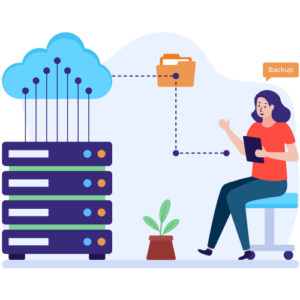
It is commonly observed that companies usher in the next-gen cloud solutions with open arms. However, investing in the cloud is not about having an expenditure budget for cloud systems but more about how the teams (big or small) in the organization follow the practices leading to cost-effectiveness. It’s a combined effort of both – the cloud infrastructure and the best practices.
With the mention of cloud governance multiple times in the article, you must be wondering what exactly cloud governance does and how is it different from cloud management?
Cloud governance means setting up a set of practices that supports day-to-day cloud operations which results in higher profits for businesses compared to those with inadequate governance in place. Cloud governance increases security, manages risks, optimizes cloud operations and cost, and makes the system more efficient.
Whereas cloud management ensures proper organization and coordination of cloud resources to keep the strategic and operational wheels running. This includes – all cloud services and products.
Any facet of cloud optimization, from costs to security, is led by cloud governance. We’ve cited that the 5 pillars that build an autonomous cloud governance model are nicely spelled as OSCAR – Cloud Operations, Security, Cost, Access, and Resource.
You can tune in to read more on “How to build a secure, resilient, and optimized cloud infrastructure?” in our upcoming blog.
How CoreStack helps achieve cloud cost optimization
CoreStack offers reporting, recommendations, and remediation in a single pane of glass. Partnering with CoreStack will empower your cloud infrastructure with policy-driven capabilities and continuous cloud governance across FinOps, SecOps, and CloudOps which have facilitated significant cloud cost-effectiveness for our clients. Check out our case studies to learn how our clients realized significant growth and have successfully optimized their cloud-based framework.
What’s unique is our Cloud-as-Code approach that uses deep AI/ML, declarative definitions, a connector-less model, and a patented cloud service-chaining technology. Our comprehensive FinOps solution manages multi-cloud costs with financial accountability through a unified and seamless experience and augments your cloud cost visibility.
Watch this session featuring Ashley Hromatko, Director of Business operations, FinOps Foundation, and gain actionable insights on the FinOps best practices to progress in your FinOps and Cloud Maturity journey.

